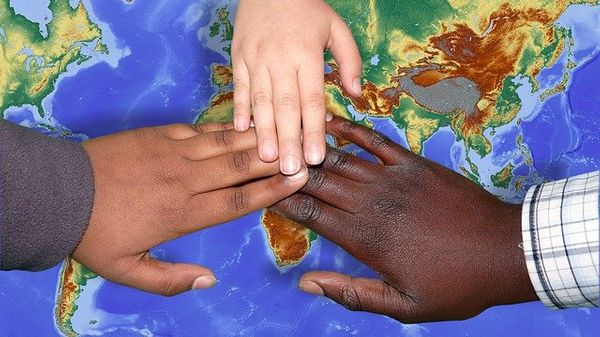According to the United Nations’ International Organization for Migration, 272 million people or 3.5% of the world’s population live as immigrant in other countries as of 2019. The most prevalent reason for migrating is to earn more. However, the following is not a list of countries with merely the highest earning potential.
Migrants and their lives are influenced by a range of factors inducing ease of immigration, work culture, meritocracy, acceptance of immigrants in society, quality of life, and others. This is meant to be a holistic outlook on migration trends.
Canada
With one of the lowest population densities and highest per capita incomes in the world, Canada has been a favorite destination of migrants for decades. Although it is primarily an Anglophone country, it has a sizable Francophone population. Multitudes of other ethnicity abound as well. Canada ranks highly on Human Development (HDI), and is richly multicultural. It is considered an excellent destination for higher studies, work, and retirement.
Today Canada has one of the most straightforward points-based immigration programs worldwide. That means it is easier to move to Canada, and easier to become a citizen. More than 22% of Canada’s population is comprised of first or subsequent generation migrants.
Millions of migrants send remittances to their loved ones in developing countries from their mobile devices using the Ria money transfer app. During the Syrian crisis Canada took in millions of refugees and became the largest refugee resettlement destination. Canada is very active in international affairs, playing the role of a mediator and peacekeeper. It ranks among the top ten on the Global Peace Index.
Australia
Australia checks most of the boxes which Canada does. It has high per capita income, low population density, high HDI, and English as the primary language. Australia has consistently featured close to the top in the list of most-sought after countries for migration. It is also the third most important country for the resettlement of global refugees from 2005 to 2018. Because Australia is such a multicultural nation, the acceptance of immigrants is high. Instances of racism are minimal.
Between 2009 and 2019 the population of Australia grew by nearly 15%, primarily due to the influx of migrants. Today nearly 22% of Australia’s population is foreign-born. Moving to Australia on a skilled migrant visa is an opportunity to find gainful, well-paid work, and potentially to become a permanent resident of this sprawling land.
Singapore
Singapore boasts the third largest per capita GDP in the world. In stark contrast to Canada and Australia, Singapore also has the second highest population density in the world, with 7,800 people living on every square km. Despite this Singapore is one of the cleanest cities on the planet. It has a great abundance of gardens, public parks, and open spaces. Singapore is unique in the world for being the only truly sovereign city-state. It has a total land area of 716 km2, which is little more than half of New York City. More than 37% of the population of Singapore is made up of migrants.
The rich cultural diversity of Singapore is attested by the fact that the country has four official languages. There are so many migrants in Singapore that some communities have their own districts, such as ‘Little India’. Migration to Singapore on a work visa is simple, if you have an offer of employment there. However, permanent residence and citizenship for outsiders is rather less common.
Germany
The country with the largest foreign-born population in Europe has 13.1 million migrants living within its borders. In 2017 migrants in Germany sent in excess of $22 billion, making it the fifth highest sender of remittances. Germany featured among the top five nations to receive refugees in 2018. Germany is a curious case because it is also among the top 20 countries from which migrants originate. Consequently Germany is one of the largest recipients of remittances.
A superlative education system, robust economy, low unemployment and a very structured immigration program make it a prime destination for migrants. The obvious challenge when moving to Germany is language. Unless you work in a highly specialized research or IT field, high proficiency in German is almost always a prerequisite. This is why most migrants living in Germany come from the rest of Europe.
USA
Despite what news media tells us nowadays, the US remains an innately immigrant-friendly country. Consider the following fact: From 1970 to 2019 the number of migrants in the US increased four-fold from about 12 million to 51 million. Even though the current government’s policies don’t sound as inviting, the reality is that most Americans are welcoming of immigrants. In a country with such rich ethnic diversity, how could they not be?
About the author:
Hemant G is a contributing writer at Sparkwebs LLC, a Digital and Content Marketing Agency. When he’s not writing, he loves to travel, scuba dive, and watch documentaries.


